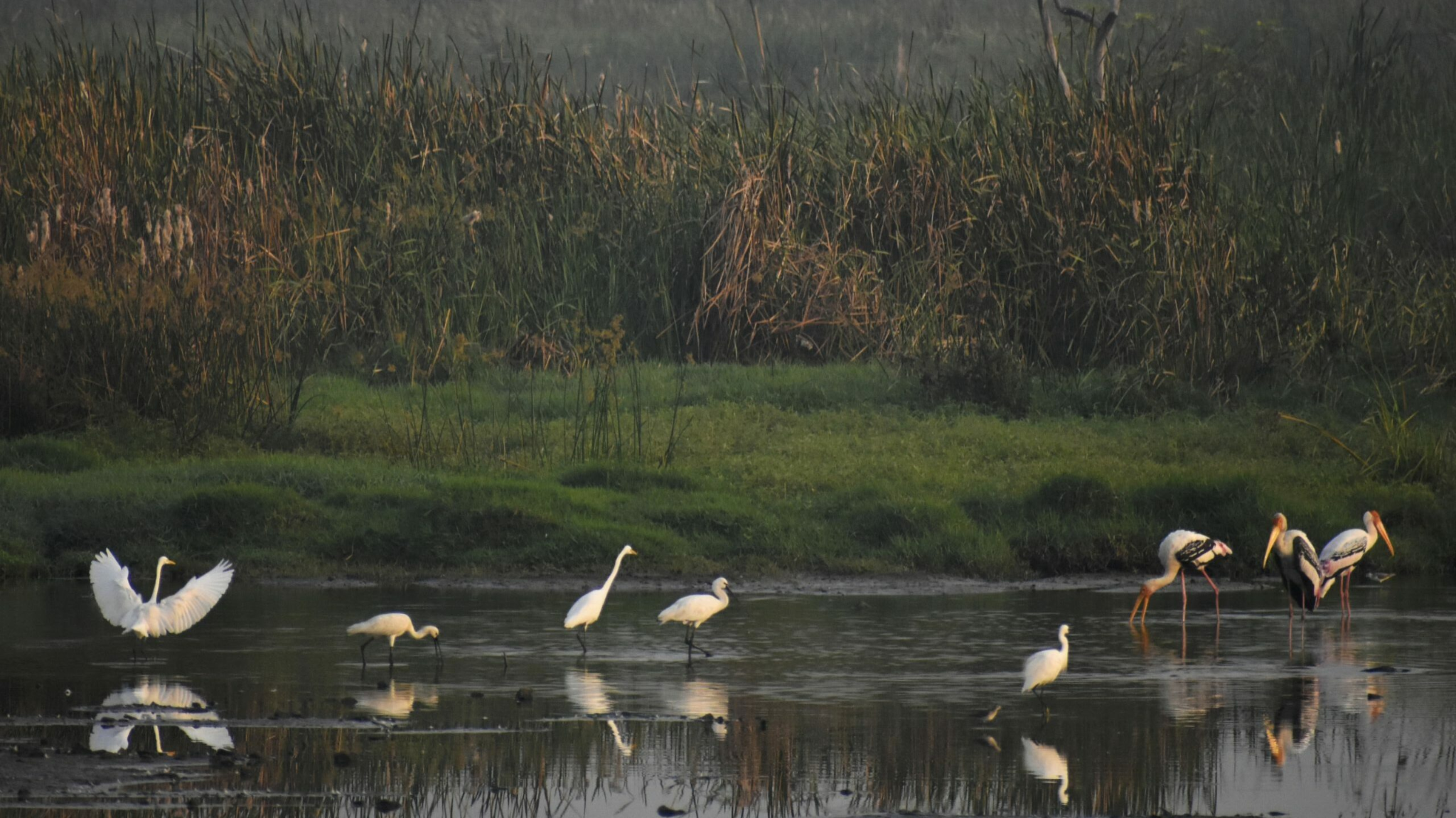- Courses
- GS Full Course 1 Year
- GS Full Course 2 Year
- GS Full Course 3 Year
- GS Full Course Till Selection
- Answer Alpha: Mains 2025 Mentorship
- MEP (Mains Enrichment Programme) Data, Facts
- Essay Target – 150+ Marks
- Online Program
- GS Recorded Course
- Polity
- Geography
- Economy
- Ancient, Medieval and Art & Culture AMAC
- Modern India, Post Independence & World History
- Environment
- Governance
- Science & Technology
- International Relations and Internal Security
- Disaster Management
- Ethics
- NCERT Current Affairs
- Indian Society and Social Issue
- NCERT- Science and Technology
- NCERT - Geography
- NCERT - Ancient History
- NCERT- World History
- NCERT Modern History
- CSAT
- 5 LAYERED ARJUNA Mentorship
- Public Administration Optional
- ABOUT US
- OUR TOPPERS
- TEST SERIES
- FREE STUDY MATERIAL
- VIDEOS
- CONTACT US
Key Facts about Pallikaranai Marshland
Key Facts about Pallikaranai Marshland
29-06-2024

Despite the threats of new infrastructure and encroachments, winged visitors continue to flock to the Pallikaranai marshland.
About Pallikaranai Marshland:
- It is a freshwater marshland and partly saline wetland located 20 kilometers south of Chennai, Tamil Nadu.
- It is one of the last remaining natural wetlands in Chennai city.
- It acts as an aquatic buffer for the flood-prone Chennai and Chengalpattu districts.
- It drains an area of 250 sq. km, including 65 wetlands, through two outlets: Okkiyam Madavu and the Kovalam Creek, and ultimately flows into the Bay of Bengal.
- On its eastern periphery, the Marsh is bordered by the Buckingham Canal.
- Portions of the Marsh lie below the mean sea level and qualify as low-lying basins.
- It is recognized as one of the Ramsar sites in India.
|
What is the Ramsar Convention?
|
- This diverse ecosystem supports approximately 115 bird species, ten mammals, 21 reptiles, ten amphibians, 46 fish, nine molluscs, five crustaceans, and seven butterfly species.
- Notable species include Russell's viper (Daboia siamensis) and several bird species, such as the glossy ibis (Plegadis falcinellus), grey-headed lapwings (Vanellus cinereus), and Pheasant-tailed jacana (Hydrophasianus chirurgus).
- Although the Marsh has a tropical bio-climate, the influence of the Bay of Bengal is significant.
- The dramatic annual changes in its hydrology and biodiversity can be attributed to the maritime influence and the vagaries of the North East Monsoon.



